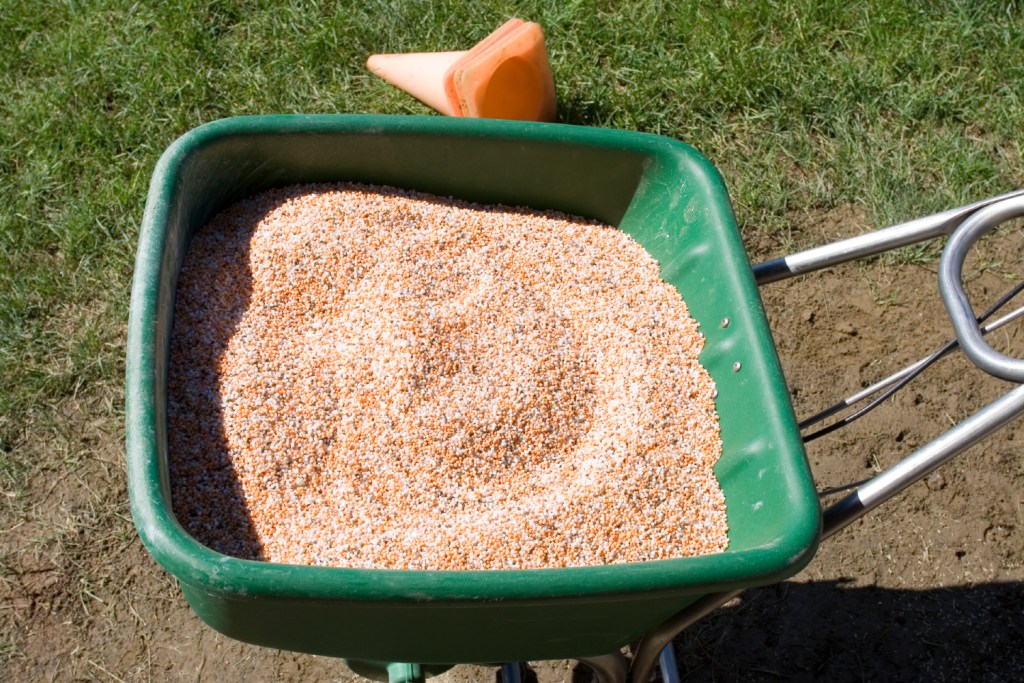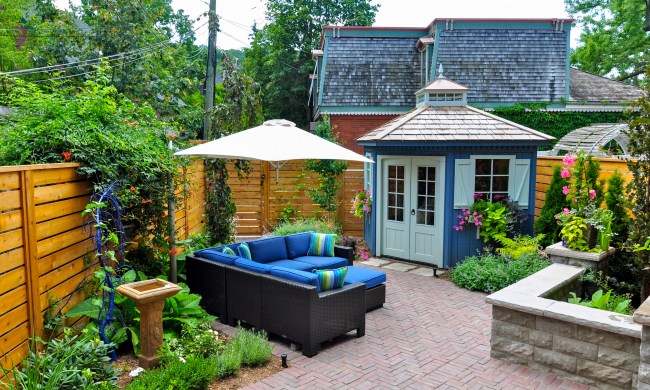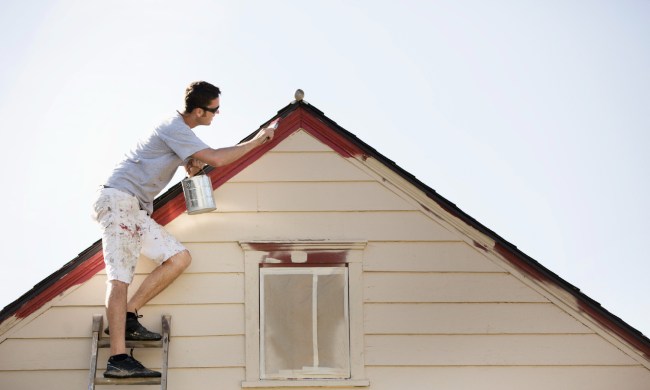Owning a home comes with a lot of responsibility. The inside of the house requires a ton of upkeep, but the yard needs care and attention as well. Your lawn says a lot about your home and is often the first impression of your property. The first impression of your house is called curb appeal when it comes time to sell your home, but while you’re living there, your lawn is a reflection of the rest of your property. There are so many lawn care products out there, and it can quickly become overwhelming if you’re new to the lawn care game. So, where do you even begin when it comes to lawn care? If you are new to lawn care, worry not; we have compiled everything you need to know right here so you can have the lawn that all of your neighbors will envy.
Mowing
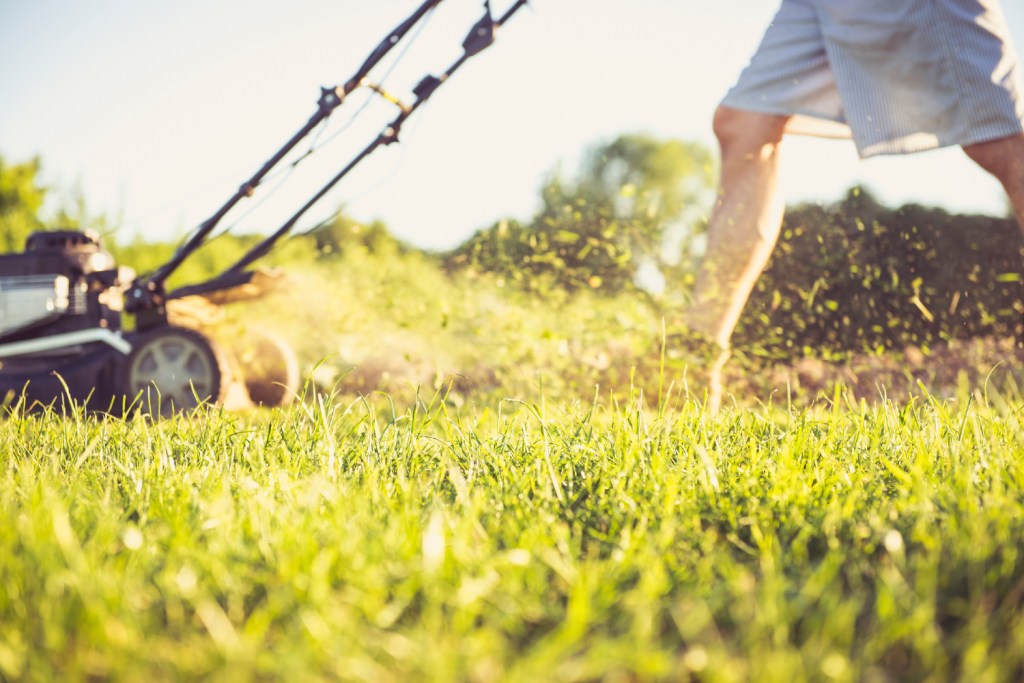
Mowing is probably the first thing that comes to mind when lawn care is mentioned. It may seem that mowing is the easiest part of lawn care, but there is a right way and wrong way to do it. Mowing your lawn correctly is key to keeping your grass healthy and lush. Mowing with sharp blades is crucial; dull blades don’t cut your grass, they tear it, which is not only unsightly; it is unhealthy as well. If your blades are dull, you can have them sharpened at your local home improvement store.
Mowing your grass at the right height is also imperative. It is tempting to cut your grass short, so you don’t have to do it as often, but cutting the grass too short can harm your lawn and impact future growth. You should aim to mow your grass to a moderate height, which means only remove one-third of the grass’ height each time you mow. You should also plan on mowing every five to seven days, which helps reduce the stress you put on the lawn.
The time that you mow your lawn also plays a role in overall grass health. Avoid mowing too early in the morning when there is dew on the grass or any time the grass is wet. We grass is weighed down by the water, whereas dry grass stands upright and, therefore, ready to be cut.
Fertilizing
Water and sun can only do so much for your lawn. Sometimes your grass needs a little help from fertilizer to give it some extra nutrients. The problem is, a trip to the local hardware store will provide you with so many options for fertilizer it can be overwhelming. Many of the products you will find in the lawn care aisle will promise lush and healthy grass, but none of them will do any good if you don’t use it properly. The first step in properly using lawn fertilizer is to check the pH of your soil. You can get a pH test from your local hardware store, and this test will tell you where to start. If your soil is too basic, use fertilizers that are acidic to balance out the pH. If your soil is too acidic, a lime-based treatment will benefit your soil.
The next step to properly fertilizing is to only do it when needed, which is usually twice a year. As a general rule, cool-climate grasses should be fertilized in the spring or summer, and warm-season grasses should be fertilized in the fall or winter. If you don’t want to use chemicals on your lawn, consider using compost to help feed and insulate your grass. Compost is packed with nutrients that your lawn needs and is eco-friendly.
Watering
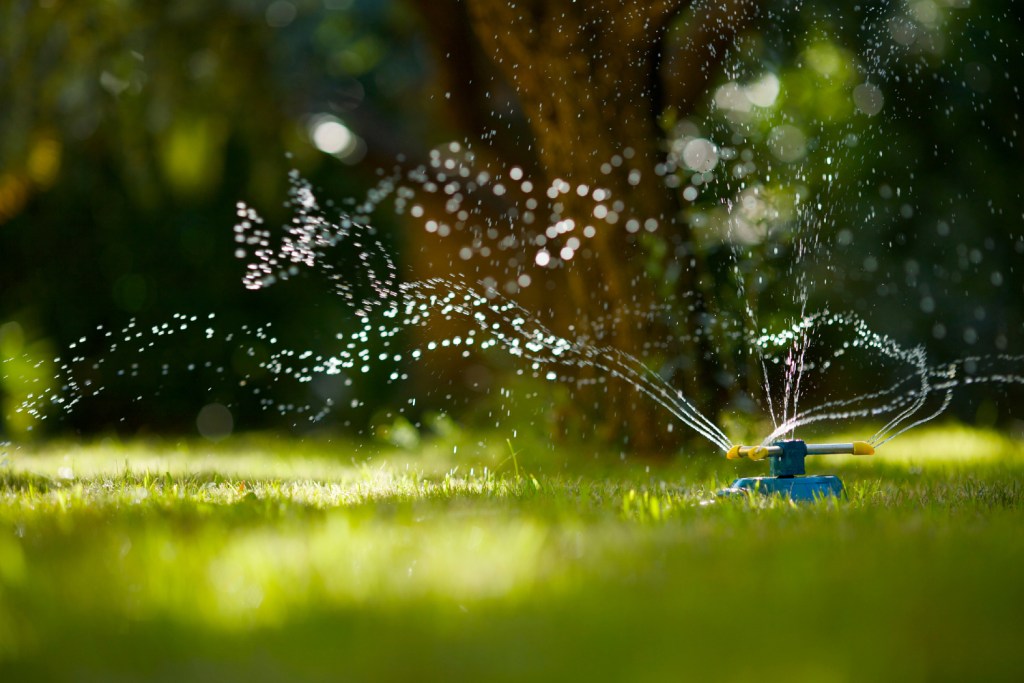
Watering is another part of lawn care that seems simple and self-explanatory but is actually more of a science than you may realize. Watering correctly entails more than turning on the sprinklers once the grass starts to look dry. The fact is, once the grass looks dry and brown, it is too late. The key to lawn watering is keeping the grass hydrated to ensure that it doesn’t get too thirsty or too bogged down. Starting at the beginning of the season, only water your lawn once or twice per week to avoid oversaturating the grass. You should water in the very early morning so the water has time to get to the roots of the grass before the sunlight peaks. Watering late in the day causes the water to evaporate before it even gets to the roots of the grass. Watering at night can cause your grass to get oversaturated which can breed fungus and diseases.
Aeration and Seeding

If you follow the steps above, you will have a healthy, green lawn. If you want to go above and beyond, so you have the best yard in town, aeration, and seeding are the next steps. Many people have never aerated their lawn, but it is a step that is well worth the work. Aerating either pulls small nuggets of soil out of the grass (plug aerating) or pokes holes into the lawn (spike aerating). Both methods reduce thatching and introduce oxygen into the grass. This process allows moisture, air, and nutrients to get down into the roots and basically gives your grass some breathing room. It is best to aerate when the grass is moist but not wet (like early in the morning). Aeration should be done once or twice a year for best results.
Once you have aerated your lawn, the soil will be in prime condition for seeding. Seeding treatments fill in bald patches and give your lawn a lush and vibrant appearance. Use a seed mix that matches the type of grass that you already have for a uniform look.
